Keywords: autonomy, autonomous, automated, manual, underwater inspections, modes of operation, hybrid operations
Ever wondered about the levels of autonomy present in underwater inspection vehicles? In this article, we aim to finally put this question to rest.
Levels of autonomy in an Unmanned Underwater Vehicle (UUV) are highly dependent on a vehicle’s design (i.e. hardware) and integrated intelligence (i.e. software) (See the chart below for a clear visualisation). There are five clear levels of autonomy reflected in the following four modes of operations: manual, automated, hybrid, and autonomous.
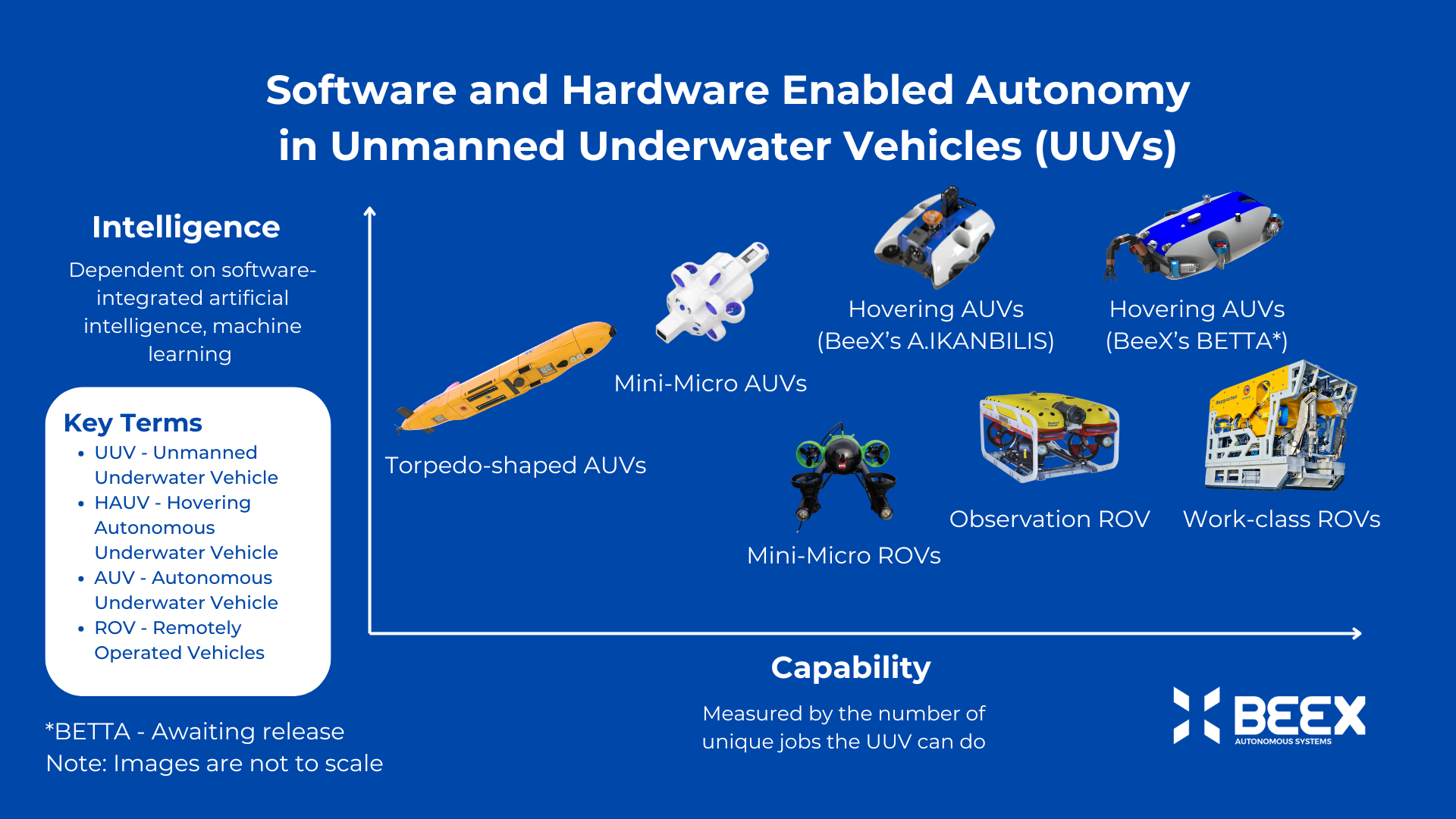
Autonomous driving relies on a mix of integrated sensors, actuators, complex algorithms, machine learning systems and processors to execute software. Let’s begin to unpack how different levels of autonomy directly influence a UUV’s mode of operations. For a quick summary, refer to the table below.
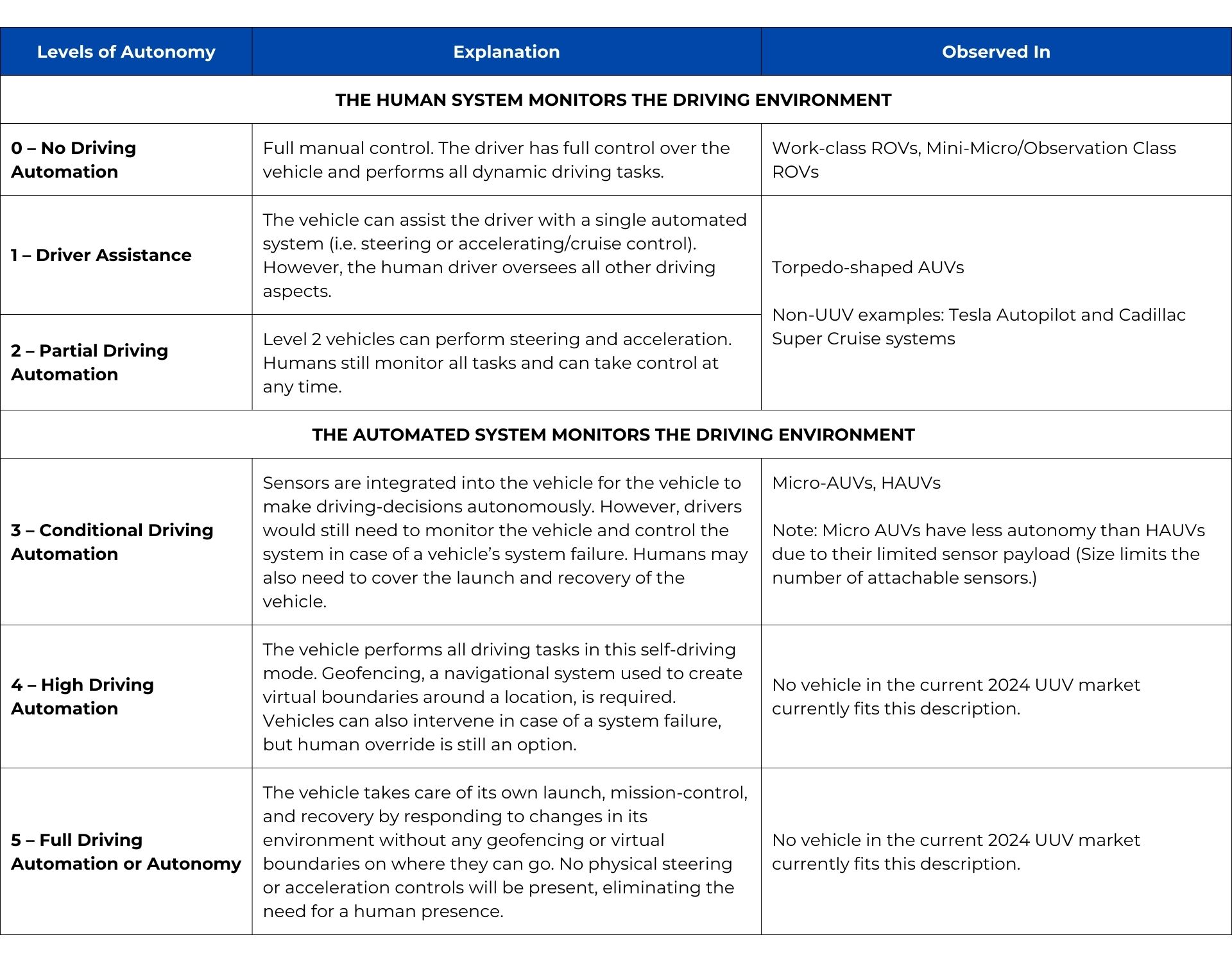
Manual operations are commonly used by mini or work-class Remotely Operated Vehicles (ROVs). Through manual operations, ROVs depend on end-to-end human input to execute a task. For ROVs to be successfully manipulated, human operators need to observe their surroundings through the camera feed of ROVs for a vehicle’s safe navigation.
Analogy: Think of the end-to-end human execution required to operate a forklift to stack up crates in a warehouse. This requires full human attention and no driving automation.
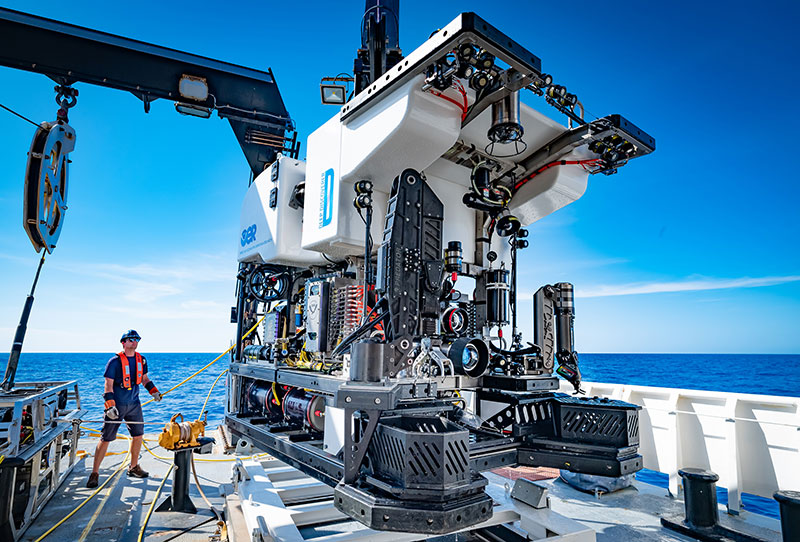
Fun Fact: ROVs come in all shapes and sizes. Pictured above is a work-class ROV that is as big as a small truck, weighing around 1 ton!
Use Cases: Manual is best where precise control and immediate response to changing conditions are required (i.e. intricate survey tasks or data collection in complex environments, search and rescue, recovery of lost items, and inspection and maintenance of underwater infrastructure).
Controls: Operators use joysticks or software interfaces in control rooms in a surface vessel to guide ROVs, providing real-time input for navigation, maneuvering, and data collection.


Limitations: Manual operations in a vehicle can cause a lack of consistency in data results as data quality is dependent on its operator’s skill. In addition, training or hiring operators takes a significant number of resources (i.e. time and money).
Automated operations involve pre-programmed instructions and algorithms that enable an Autonomous Underwater Vehicle (AUV) or Hovering Autonomous Underwater Vehicle (HAUV) to perform specific tasks without constant human intervention. This enables human operators to minimally monitor the vehicle, as opposed to the full focus needed to control ROVs. In addition, operators do not need to be highly skilled to operate vehicles that accept automated commands.
Analogy: Robotic arms that are tasked to move items from one location to another can be considered as an automated operation.
Use Cases: Automated operations are suited for routine tasks, such as mapping a specific area, conducting surveys along predefined paths, or executing repetitive missions with minimal real-time human input.
Control: Using sensors and onboard systems, AUVs have a predetermined mission to execute and make decisions according to the environment they encounter.
Limitations: There is often little mission flexibility in an automated level of autonomy for most AUVs.
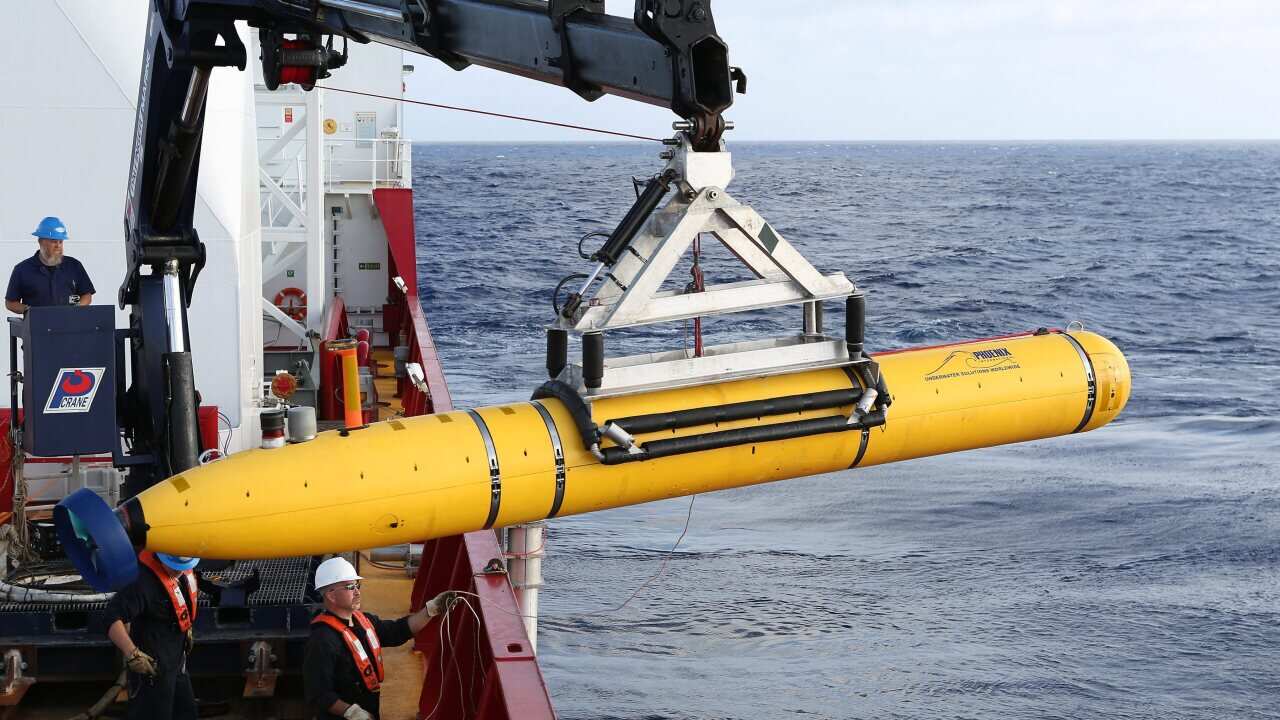
Autonomous operations enable a vehicle to adapt to changes in a task or environment, with no human involvement for process execution unless in cases of system failure. Meanwhile, hybrid operations combine manual, automated, or autonomous controls, allowing flexible approaches to vehicle-use based on mission requirements.
Analogy: Think of a room-cleaning robot that will work in the condition of a flat room and designated areas of the flat room. This robot can take care of its own missions without the need for human guidance unless it is necessary to move the robot through a door.
Fun fact: BeeX’s A.IKANBILIS is a Level 3 HAUV that can operate in automated and autonomous operational modes. Operators can stop an autonomous operation when anomalies and foreign objects in structures are identified, then send multiple automated movement commands to guide the vehicle with more control.
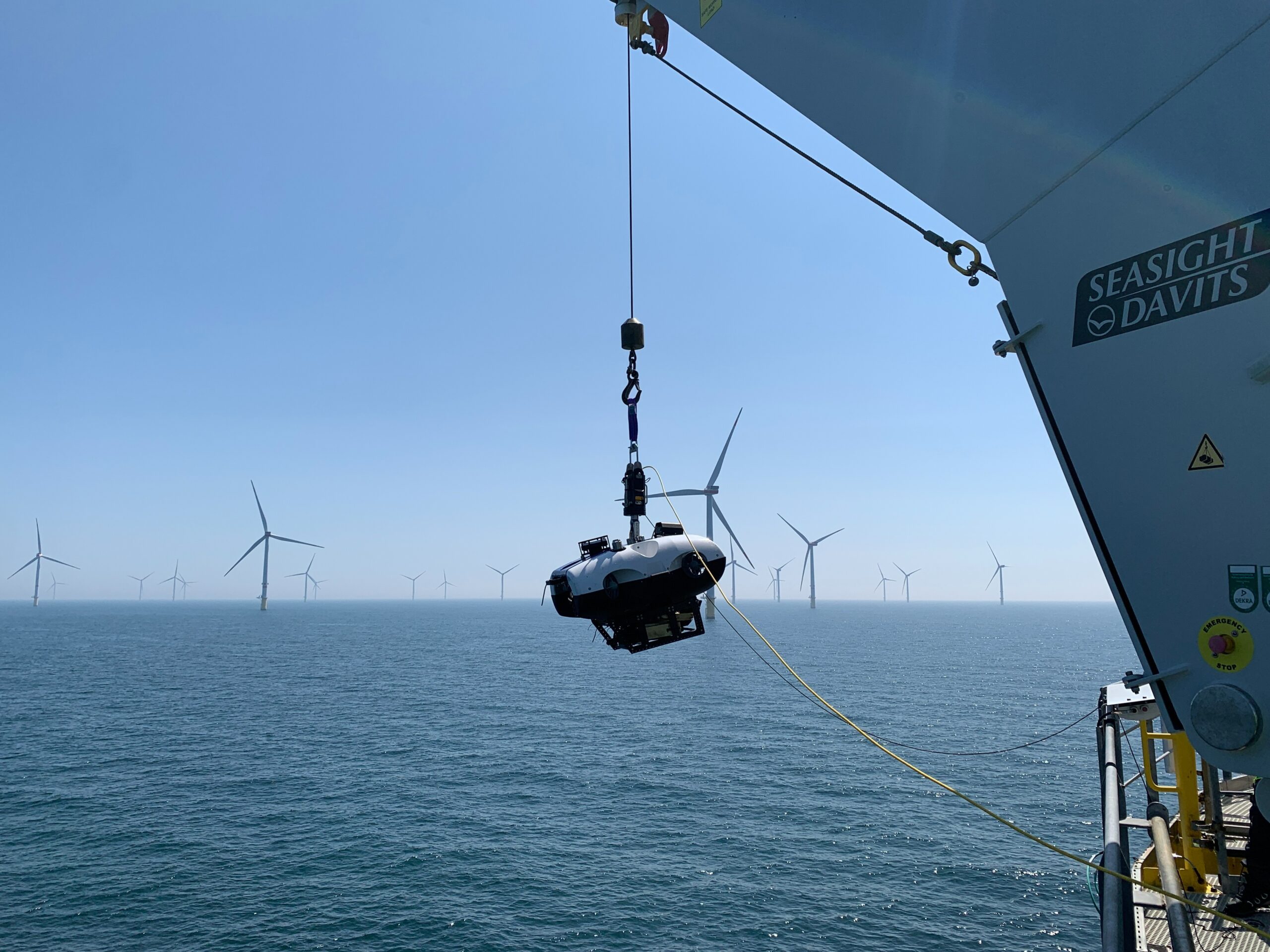
Use Cases: These operations are ideal in situations where tasks are repetitive, and where human control is impractical. Examples of situations include long-endurance missions, deep-sea exploration, or scenarios with limited communication bandwidths.
Control: Using advanced algorithms, artificial intelligence, and machine learning, hybrid vehicles use sensors and adaptive control systems (i.e. sonar, optical, sensor fusion, inertia systems navigation, artificial intelligence and machine learning stack for real-time object detection and tracking, path planning) to interpret environmental data and make real-time decisions to fulfil mission parameters autonomously.
Limitations: Typically, flexibility over missions is limited as human operators cannot adjust or direct the movement of a vehicle while autonomous tasks are ongoing. However, processes can always be interrupted for manual control.
We have yet to see a UUV that can act in full autonomy without the need for a human to steer the vehicle, even in the case of a system failure. Most UUVs that have autonomous integrations must still be controlled by humans for launches and recoveries.
Analogy: Autonomous operations can be likened to mature human beings who can care for themselves and decide on their day-to-day missions to fulfill their goals for a day.
Use Cases: We posit that UUVs that are fully autonomous would be suited for tasks where 24/7 monitoring could be beneficial.
Control: No external steering controls for humans will be required. The vehicle will have its own integrated driving system.
Limitations: Vehicles will have to decide on courses of action in case of ethical dilemmas on their own. Costs to operate a Level 5 autonomous system may also be expensive due to the number of integrated sensors in the vehicle and supporting environmental infrastructures for their operations.
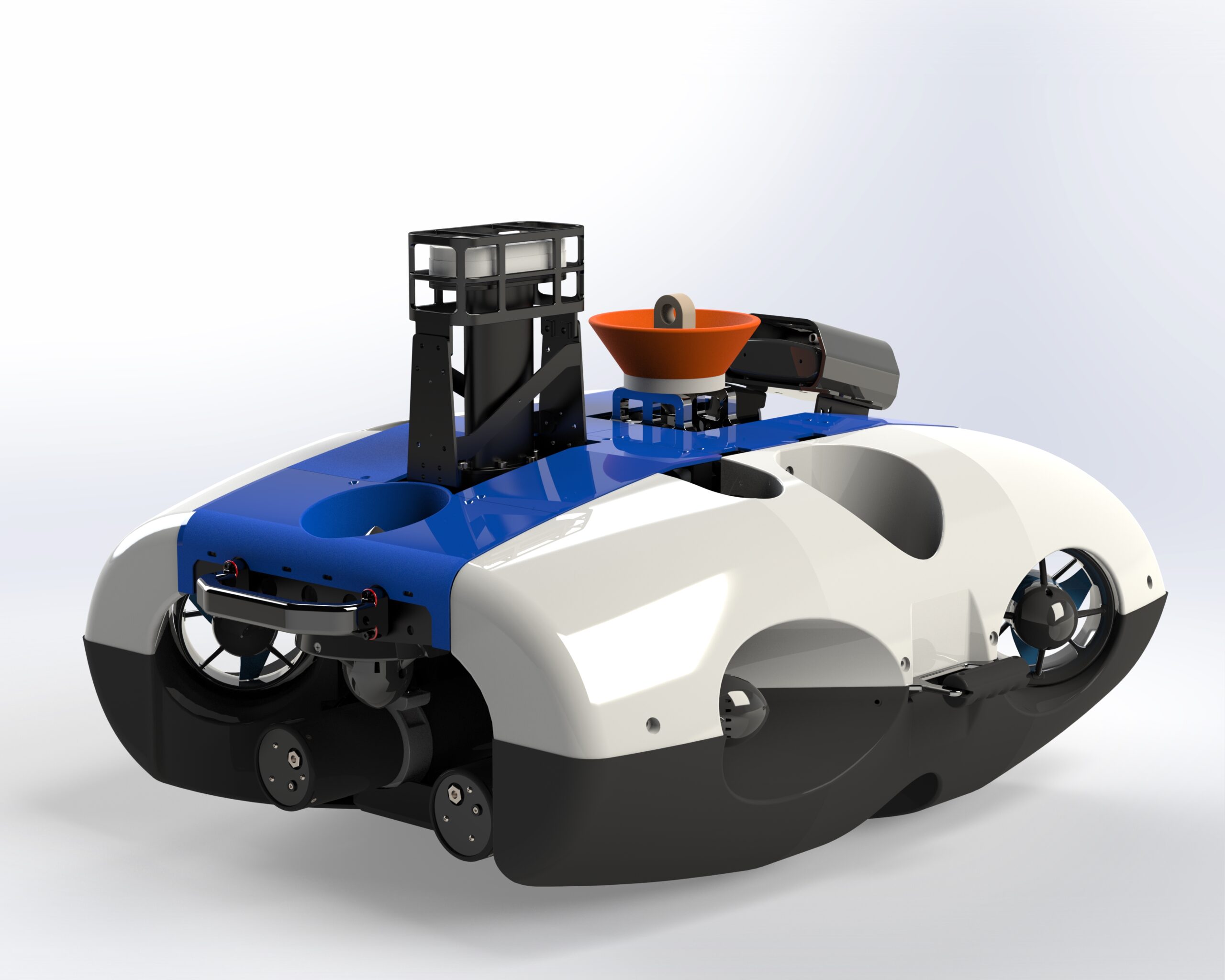
BeeX’s A.IKANBILIS uses hybrid operations, which is a mix of levels 2-3 partial driving automation and conditional driving automation.
Level 2 Partial Driving Automation Methods used by BeeX:
Level 3 Conditional Driving Automation Methods used by BeeX:
At BeeX, we are excited for the release of BETTA, as this HAUV will allow for greater autonomy through a larger range of tasks and capabilities (i.e. spot cleaning and object manipulation).
To conclude, Unmanned Underwater Vehicles (UUVs) exhibit varying levels of autonomy, which offer different degrees of control and limitations. When selecting a UUV, key factors to consider include the vehicle’s data accuracy, range of capabilities, speed of data reporting, and deployment costs.
BeeX’s A.IKANBILIS offers distinct advantages for inspection missions:
Interested in using A.IKANBILIS for your next inspection? Contact us at hello@beex.sg!